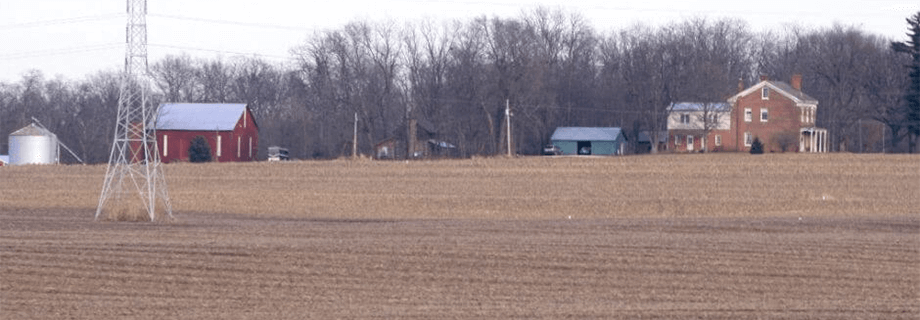Farming “Hotspots” Quantifiably Turning Country Air into City Air

If you’ve ever traveled by a large animal farm, chances are you’ve encountered the smell of ammonia. Excess nitrogen from protein in feed which is more than required to produce meat, milk, and eggs ends up in urine and manure and is converted into ammonia gas – escaping the farm and traveling to nearby areas.
Recently, a Dutch study quantified the problems associated with concentrated ammonia from livestock farms. Over a one-year period, lung function of people living in Southeastern Holland was monitored. Their proximity to animal farms was recorded, too. 2,500 people were monitored and it was determined that living within 1 km of 15 or more farms resulted in a 5 percent reduction in lung function.
Ammonia levels in the air were recorded over this one-year time frame, and interestingly, as ammonia levels increased, lung function declined – and this could be predicted. When ammonia concentrations were 10 micrograms per cubic meter, for example, lung function was reduced by 4 percent. When ammonia concentrations were lower, lung function was determined to be higher.
In short, the authors noted how ammonia from livestock farms is turning the fresh, healthy experience of country air into farming “hotspots” that are as risky to breathe as smog and traffic pollution in cities.
In previous and current blogs, we’ve discussed the problems associated with animal production such as the tendency to overformulate with protein and the downsides to this approach, as well as nitrogen and phosphorus waste that escapes the farm.
We have also discussed solutions such as the use of higher-digestible ingredients: extruded and mechanically-pressed soy meal. In addition, the use of soy meal with higher residual oil, or complete diets with a higher amount of energy from oil, will result in lower feed intake, less nitrogen excretion, and less waste in general.
Furthermore, these solutions will help lessen the amount of ammonia coming from livestock operations.
What’s perhaps more unique about this Dutch study is that a direct, quantifiable relationship between ammonia levels in the air from animal farms and lung function of people living nearby, has been established. I believe that this type of information will only become more prevalent and eventually, requirements for ammonia mitigation will become a normal part of animal production.
Look to people who can help you voluntarily reduce ammonia with one or several strategies that work for your operation. Don’t wait until you are forced to do this someday – being a proactive, good neighbor now will pay off later for you and the rest of your community. Insta-Pro offers many solutions that can help you in any area of your production as well as great resources such as our nutritionists, engineers, R&D and service techs. Contact one of our experts in your region today if you’d like to learn more.



